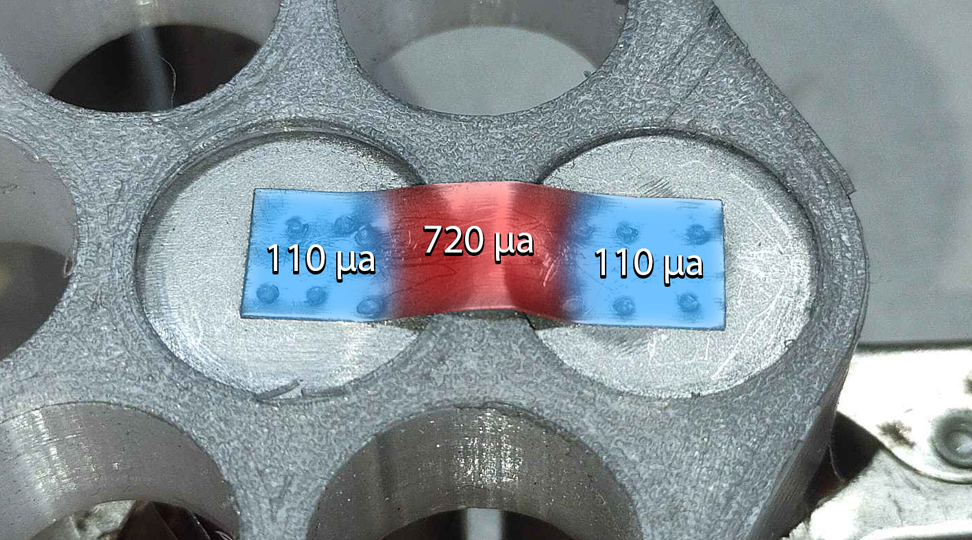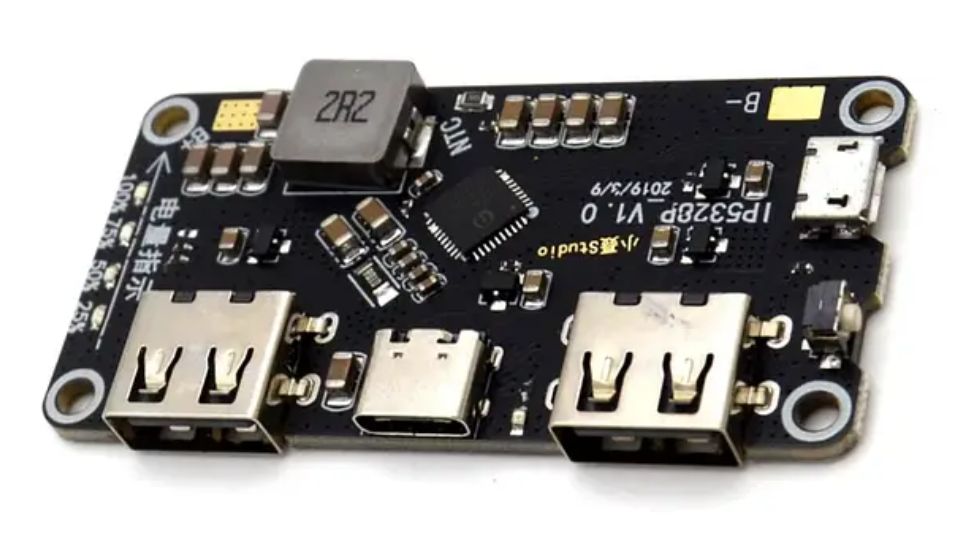
Whats The Max Charge Voltage of a 12V Battery
The maximum charging voltages vary for a 12-volt battery. 14.7 volts is the standard max charge voltage for a 12V lead-acid battery. 13.8 volts is the max charge voltage for a lead acid battery in continuous charging mode. For LFP, the max charge voltage of a 12V battery is 14.8 volts, and the max charge voltage of an NMC 12V battery is 12.6 volts. Thinking about using LFP or NMC batteries for your project? Don't miss our article, "Is LFP More Expensive Than NMC Batteries?" to find out which option suits your budget best.
Lead-Acid Batteries Charge Voltage
Lead-acid batteries, commonly used in automobiles and DIY powerwalls, have a maximum charge voltage of 2.45 volts per cell. These batteries, however, are rarely found in single-cell configurations. A standard car battery, for instance, is a 6S (six cells in series) configuration, resulting in a maximum charge voltage of approximately 14.7 volts and a nominal voltage of 12 volts.
There are two levels of charge for lead-acid batteries: the standard maximum charge and the float charge level. The float charge level, which is around 13.8 volts (2.3 volts per cell), is used for continuous charging applications, such as in systems that run and charge simultaneously. Using this charge level will ensure the longest overall lifespan for your lead acid batteries.
For situations where the battery is not continuously charged, such as starting a car, the voltage can be increased to 2.45 volts per cell. In these situations, the highest possible voltage is needed. A tradeoff is made in terms of lifespan when the application has high current demands.
Lithium Iron Phosphate (LFP) Batteries Charge Voltage
Lithium Iron Phosphate (LFP) batteries are a type of lithium-ion battery that uses lithium iron phosphate as the cathode material. They are well-known for their robustness, thermal stability, and safety, as well as their ability to align closely with the charging voltages of traditional lead-acid batteries. This makes LFP batteries an increasingly popular choice in applications where lead-acid batteries were traditionally used, such as in electric vehicles, solar energy storage, and backup power systems.
The electrochemistry of LFP batteries allows for a stable output voltage throughout the discharge cycle. Each LFP cell has a nominal voltage of around 3.2 volts, which is lower than the nominal voltage of typical lithium-ion cells (usually around 3.6 to 3.7 volts). However, LFP cells can be safely charged up to a maximum of 3.7 volts. This characteristic makes them suitable for systems designed for 12-volt lead-acid batteries, as a 4-cell LFP battery configuration can provide a maximum voltage of 14.8 volts, closely matching the charging profile of a 12-volt lead-acid battery.
Nickel Manganese Cobalt (NMC) Lithium-Ion Batteries Charge Voltage
NMC lithium-ion batteries, which utilize a cathode material composed of nickel, manganese, and cobalt, pose specific challenges when attempting to create an effective 12-volt battery system. This is primarily due to their higher charge and discharge voltage characteristics compared to other lithium-ion chemistries, like Lithium Iron Phosphate (LFP).
Each NMC cell typically has a full charge voltage of 4.2 volts, which is the upper safe limit for the cell to be charged. On the discharge end, the minimum safe voltage is around 2.6 volts. Dropping below this voltage can cause irreversible damage to the cell. This voltage range presents a challenge for configuring these cells into a 12-volt battery system.
When configuring these cells in series (denoted as 'S'), a 4S configuration (four cells in series) results in a maximum voltage of 16.8 volts (4.2 volts x 4 cells) when fully charged. This voltage significantly exceeds the nominal 12-volt range and is not suitable for systems designed for a traditional 12-volt battery.
On the other hand, a 3S configuration (three cells in series) yields a more suitable maximum voltage of 12.6 volts (4.2 volts x 3 cells). However, this configuration encounters issues during actual use. The nominal voltage of an NMC cell is around 3.7 volts, which means that a 3S configuration starts with a nominal voltage of 11.1 volts (3.7 volts x 3 cells). This nominal voltage is already below the typical 12-volt range.
Even though you can’t really make a good 18650 NMC 12 volt battery, a 3S configuration comes the closest. So, the maximum charge voltage of an NMC 12V battery is 12.6 volts.
The maximum charging voltages for different 12-volt batteries vary: 14.7 volts for lead-acid batteries in starting conditions, 13.8 volts for continuous charging, 14.8 volts for LFP batteries, and 12.6 volts for NMC lithium-ion batteries. Understanding these voltages is crucial for the optimal use and longevity of these batteries in various applications.
In summary, understanding the maximum charge voltage of a 12V battery is essential for optimal use and longevity, whether you're working with lead-acid, LFP, or NMC batteries. Each type has its specific voltage requirements, with lead-acid batteries typically peaking at 14.7 volts, LFP batteries at 14.8 volts, and NMC batteries at 12.6 volts. Knowing these limits helps ensure safety, efficiency, and the durability of your battery systems across various applications


